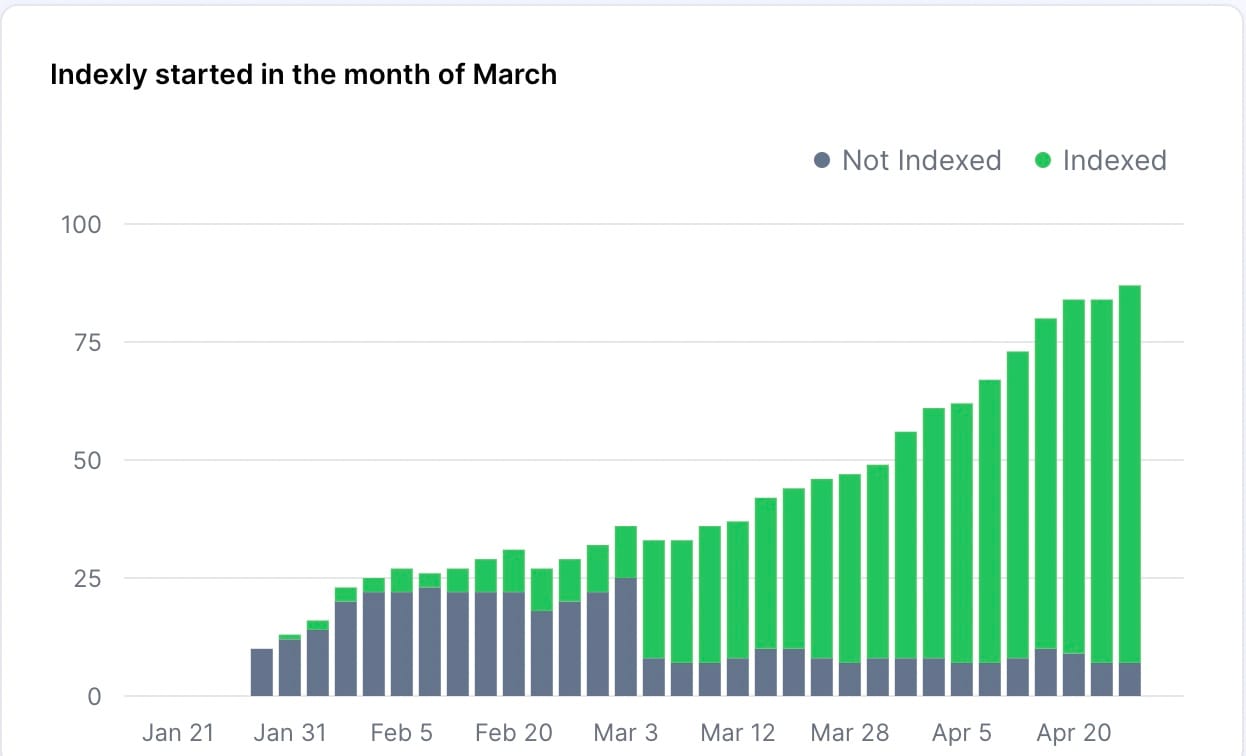Google Indexing errors list
Google indexing errors occur when Google's web crawler, Googlebot, encounters issues while trying to access and index pages on a website. These errors prevent Google from properly crawling and including the affected pages in its search index

Google indexing errors occur when Google's web crawler, Googlebot, encounters issues while trying to access and index pages on a website. These errors prevent Google from properly crawling and including the affected pages in its search index.
Unresolved errors can prevent Google from properly indexing your website. It can also negatively impact user experience. This isn't good for visitors. It’s a key ranking factor for Google, so poor performance in this area can cause Google to rank you lower in search results, too.
Let’s take a look at how to fix Google Search Console errors.
Impact of Google Indexing Errors
- This prevents pages from being indexed by Google and appearing in search results
- Reduces the website's overall visibility and organic traffic
- Can negatively impact search rankings if errors are widespread
- Provides a poor user experience when users encounter broken pages
- For e-commerce sites, can lead to lost sales opportunities if key pages are not indexed
- Reduces the value of inbound links pointing to pages with errors
How to Fix Google Indexing Errors
Below is the list of errors that Google will list if any problems are encountered and steps on how to fix them.
- Duplicate, Google chose different canonical than user
- Duplicate Without User-Selected Canonical
- Alternate page with the proper Canonical tag
- Blocked Due to Access Forbidden (403)
- Blocked by robots. txt
- Discovered - currently not indexed
- Crawled - currently not indexed
- URL is unknown to Google:
- Page with redirect: Issues like redirect chains being too long, redirect loops, or bad URLs in the redirect chain
- Redirect error
Causes of Indexing Errors
There are several reasons why a website may experience indexing errors. Some common causes include:
- Incorrect site configuration: Issues in the site's settings can affect accessibility and indexing.
- Server problems: Downtime or slow server responses can hinder crawler performance.
- Content management system errors: Inadequately optimized CMS settings and structures can lead to problematic indexing.
- Changes in URL structure: Unmanaged alterations in URL formats can create broken links.
- Blocked resources: Robots.txt or server settings that block necessary resources can inhibit proper indexing.
Google indexing errors are a common SEO issue that can significantly impact a website's visibility and performance in Google searches. Regularly monitoring indexing status and promptly resolving any errors is crucial for driving organic traffic and revenue.

FAQs
1. What is a Google indexing error?
A Google indexing error is a problem that prevents Google from effectively crawling and indexing a web page, which can result in that page not appearing in search results.
2. How can I check for indexing errors on my site?
You can check for indexing errors by using Google Search Console, which provides a detailed report on the status of your indexed pages and any errors encountered.
3. What should I do if my site has a soft 404 error?
If you encounter a soft 404 error, ensure the page returns an actual 404 HTTP status when nonexistent or fix the content on that page to provide value.
4. Are NoIndex tags harmful to SEO?
NoIndex tags aren’t harmful per se, but if inadvertently applied to important pages, they can prevent those pages from appearing in search results, which can hurt SEO.
5. How often should I check my XML sitemap?
You should check your XML sitemap regularly, especially after any significant changes to your website structure, new pages, or updates to existing content.



